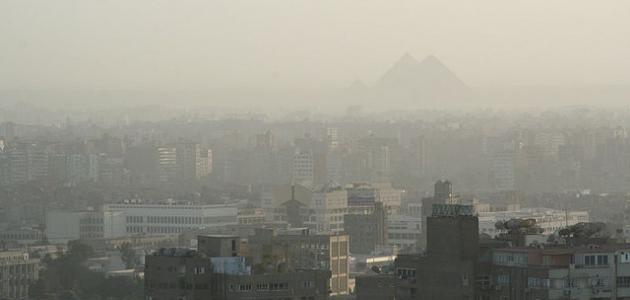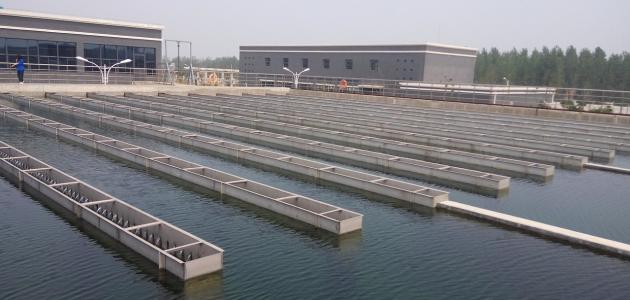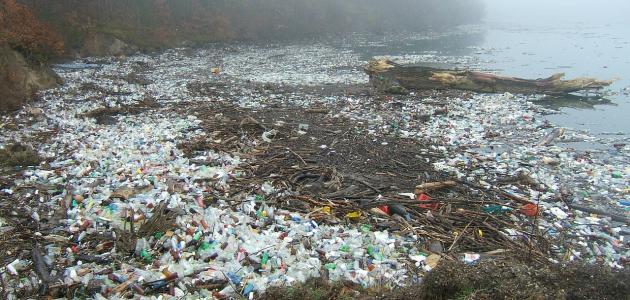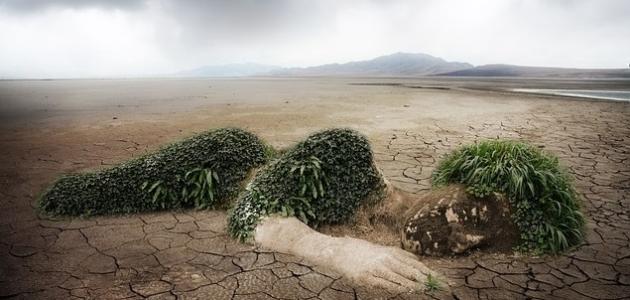Waste problem
Waste can be defined as materials received or generated by living organisms in a natural ecosystem, so that the system deals with them on the basis that they are resources that are used efficiently and effectively and reused within a natural cycle. It also represents the waste and waste that results from various human activities, such as paper, nylon bags, cardboard, glass, and metal containers, in addition to food waste and waste resulting from industrial and construction activities. With the increase in population and the huge volume of solid waste produced by humans, what is known as the waste problem emerged. The waste problem is one of the most important problems facing countries in the contemporary environment, which is considered a negative and direct influence on environmental degradation. In rural areas, soil waste, livestock, and poultry represent a primary driver. Environmental pollution may occur unless it is disposed of in healthy, environmentally friendly ways. Recently, the problem of waste has worsened due to the agricultural and industrial development that followed the industrial revolution, making the problem of waste disposal a major and urgent problem that requires a lot of effort and money to confront at the global and regional levels. The waste problem has received support and attention from scholars, decision-makers, public opinion, and municipal council administration. Due to the large increase in its quantities and the narrow area of land compared to the volume of solid waste, which led to environmental pollution and depletion of natural resources, and increased environmental awareness and disasters resulting from incorrect treatment of this waste and negative consequences on public health. The process of collecting all kinds of waste is the first step in managing it by transporting it to designated places to be disposed of. The process of transporting waste represents the link between the collection and treatment process, and the waste disposal process must be done in healthy and effective ways without creating odors, dust, or scattering waste in the streets. While transporting it.
Read also:Information about rationalizing consumptionTypes of solid waste
Solid waste varies in terms of its source and nature, and we mention the following main types of solid waste:
- Solid waste in cities: Waste and waste are produced from activities issued by various industries, residential complexes, and companies. This waste consists of a heterogeneous mixture of paper, rubber, leather, cardboard, garden waste, glass, textile, food waste, and plastic.
- Mining waste: It is the waste that results from drilling, mining, processing, and extraction of various economic minerals such as rocks and dirt. This waste affects the environment and residential communities.
- Agricultural waste: Agricultural waste is the waste resulting from agricultural crops, livestock farms, and poultry. This type of waste usually contains important nutritional elements that can be reused by collecting and analyzing them biologically to extract methane gas.
Waste disposal methods
Waste can be disposed of in several ways, depending on the availability of systems and legislation that regulate the safety of the method used in treating waste. We mention below the most important methods of waste disposal:
- Burial method: This method consists of placing waste in ground pits without separating its components and retrieving what can be used. Burying produces methane gas, which results from fermentation and anaerobic decomposition of organic waste when covered with a layer of soil. This method may lead to groundwater pollution through water leakage. Polluted rain, which is known as (leaching liquid), enters the underground reservoir. Therefore, a cement or plastic layer is placed to prevent the leakage of polluted water from these holes into the underground reservoir. The sites proposed for use as landfills must also be studied in terms of environmental and climatic conditions.
- Burning and incineration: The waste is burned in special ovens at a temperature of 900 to 2000 degrees Celsius, with the need to continue burning without stopping. This method is used in generating electricity and central heating, by exploiting the thermal energy resulting from combustion to heat water pipes used in central heating networks, as well as In producing water vapor that can be used to generate electricity. Despite the environmental importance of this method, it contributes to air pollution due to burning operations and the toxic gases resulting from it. This method is also ineffective for some solid wastes, which are disposed of by burying them in addition to the ash resulting from combustion. Therefore, the sanitary landfill method is complementary to the method of burning and incineration.
- Recycling: Industrial and urban waste such as paper, plastic and food waste can be reused and recycled by adapting them through industrial processes to be reused as raw materials to manufacture new products. For example, one ton of paper is produced from approximately 20 trees, so reusing the paper found in waste contributes to reducing the consumption of trees used in the paper industry. Household waste can also be benefited by converting it into organic fertilizer through biolysis, as it Microorganisms such as bacteria analyze these wastes in the presence of air, so that the organic fertilizer is then used in agricultural crops and agricultural operations.
- traditional way: Some countries follow traditional methods of disposing of waste, such as transporting it outside the city and collecting it in designated places to be burned or left to decompose. This method is a major cause of air, water, and soil pollution, as burning waste produces gases that contain a large number of pollutants. Such as nitrogen oxides and sulfur oxides, which increase the problem of rain acidity. To reduce the danger of this method, care must be taken in choosing waste collection sites to reduce its environmental damage as much as possible.









